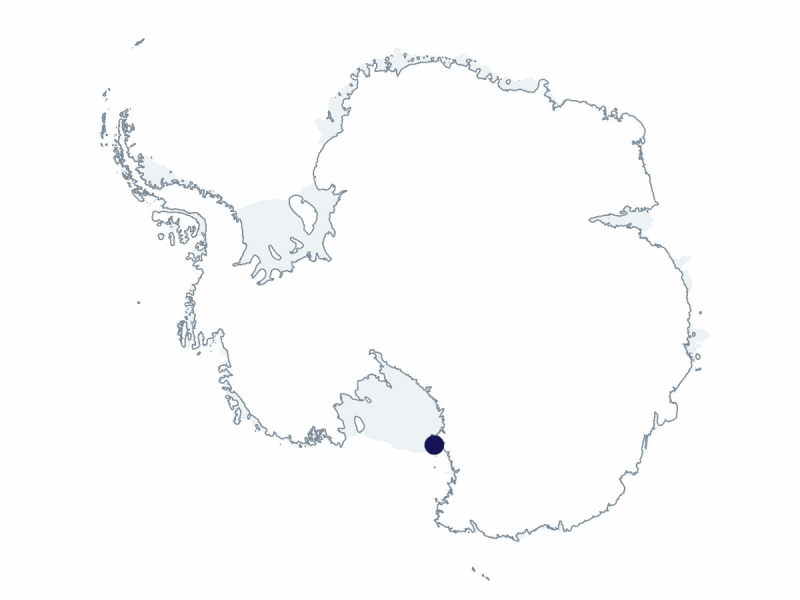2024-2025 USAP Field Season
Project Detail Project TitleCollaborative Research: Genomic Mechanisms Controlling the Slow Development of the Antarctic Urchin Sterechinus neumayeri Summary
Event Number:
Program Director:
ASC POC/Implementer: Principal Investigator(s)
Dr. Jacob Warner
Location
Supporting Stations: McMurdo Station DescriptionThis proposal is designed to use the well-characterized Antarctic sea urchin, Sterechinus neumayeri as a model system for studies of molecular based development of Antarctic invertebrates. The overarching goal is to identify genomic and molecular mechanistic adaptations that allow species to develop in extreme cold environments. To do this, the team will work with the U.S. Antarctic Program (USAP) dive team to collect urchins from McMurdo Sound. Then, using lab-based experiments that grow out urchin larvae in different temperatures, they will specifically evaluate gene regulatory networks (GRNs) to identify the GRN components responsible for regulating developmental timing in S. neumayeri. The main aim is to identify specific GRN elements that have evolved during adaption to the extreme environment of the Southern Ocean. Field Season OverviewFour participants will deploy to McMurdo Station in teams of two with the overarching goal of identifying genomic and molecular adaptations that allow S. neumayeri (Antarctic sea urchin) to develop in polar environments. Fieldwork will include diving using SCUBA to collect approximately 100 – 200 individual S. neumayeri urchins, and may opportunistically collect other echinoderm species. Diving cadence is expected to taper after the first two weeks, and the team may utilize USAP divers to occasionally collect individuals in the second half of the team’s deployment. The primary sampling location is the McMurdo Intake Jetty. In the lab, the team will primarily focus on the culturing and collection of urchin embryos, and will begin gene expressions and functional assays. Deploying Team Members
|
2024-2025 Science Planning Summary



For USAP Participants |
For The Public |
For Researchers and EducatorsContact UsU.S. National Science FoundationOffice of Polar Programs Geosciences Directorate 2415 Eisenhower Avenue, Suite W7100 Alexandria, VA 22314 Sign up for the NSF Office of Polar Programs newsletter and events. Feedback Form |


